Top Tips for Bringing Home a New Romanian or Overseas Rescue Dog
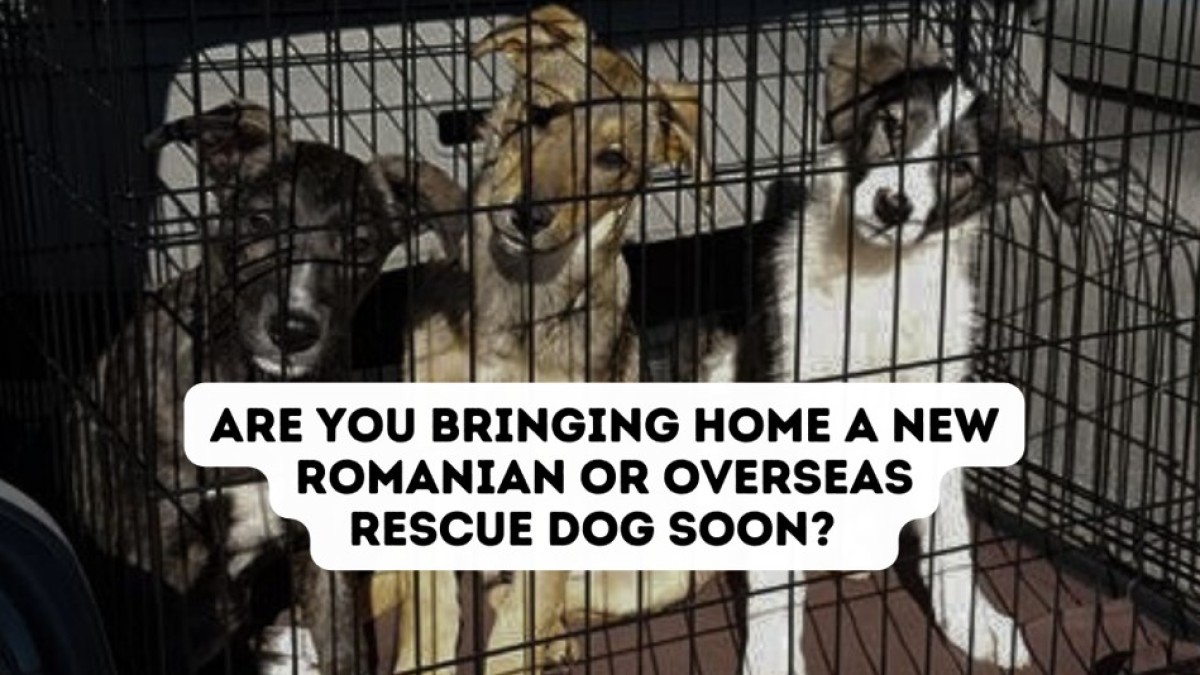
If you're eagerly awaiting the arrival of a Romanian or Overseas rescue dog - You might be wondering how you can best be prepared. Read our Top Tips..
When you’re eagerly anticipating the arrival of an overseas rescue dog, you may have a lot of questions. Wondering what to expect and how you can best be prepared. So, I thought I’d put this article together for anyone who might find it helpful.
The best mindset you can have is:
Expect Nothing – Be Prepared for Anything.
No matter what you’ve been told, every dog steps off that transport and lands differently. They’re all carrying a history and a story you can’t see - and a nervous system that is often running on fumes.
Make no mistake: it doesn’t matter how happy, relaxed or confident your new arrival may seem – they have been through a lot. Fortunately for us, most dogs are unbelievably resilient and cope with events, experiences and situations that would traumatise most humans.
But there is a big difference between coping and being truly okay – and many people simply aren’t experienced enough to tell the difference.
So, take it from me: even if your dog seems fine, those first few days - and for some dog’s, the first few weeks - aren’t about doing a whole lot with your new arrival.
Patience without expectation.
Focus on getting to know who your dog is - and give them time to get to know you - before you start trying to ‘do’ a whole bunch of things with them.
Quiet, predictable, and pressure-free will help them settle quicker and with fewer difficulties.
Top tips for bringing home your new Romanian or overseas rescue dog
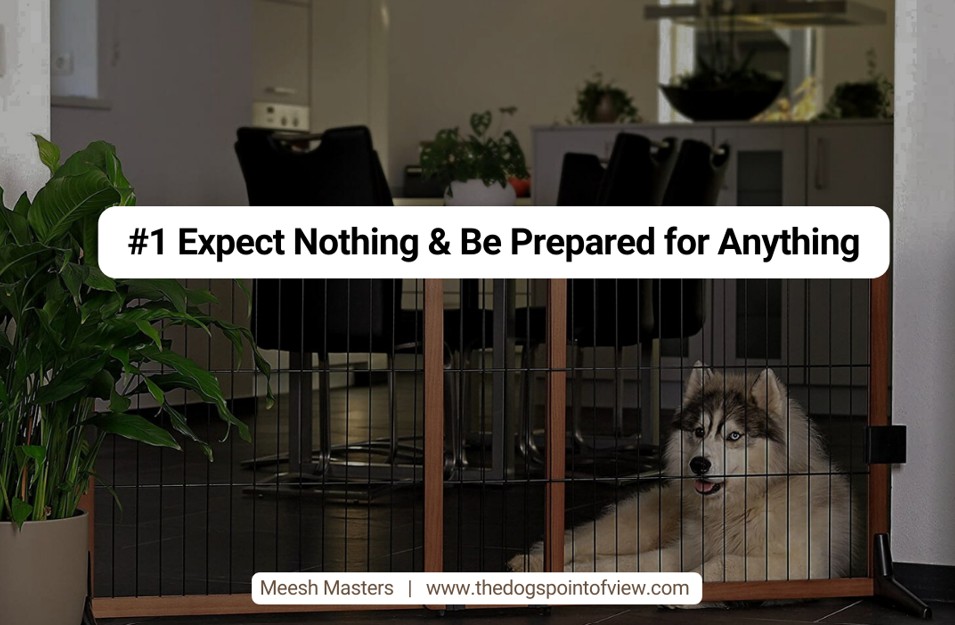
1. Expect Nothing & Be Prepared for Anything
Your rescue may have told you that your dog is good with children, dogs, people, cats and so on - but while this may be true eventually, nothing is guaranteed in the early days. The huge upheaval of transport, environmental change, and emotional overwhelm can cause even the most sociable dog to behave very differently at first.
Why this matters:
Your dog’s reactions in the first few days are not a reliable indicator of their long-term behaviour. Overwhelm can make some dogs defensive and vocal, while others shut down completely and appear “perfectly fine”.
What to do instead:
Have plenty of management ready to put in place from day one to keep everyone feeling safe while they settle and find their feet. Assume nothing, prevent everything.
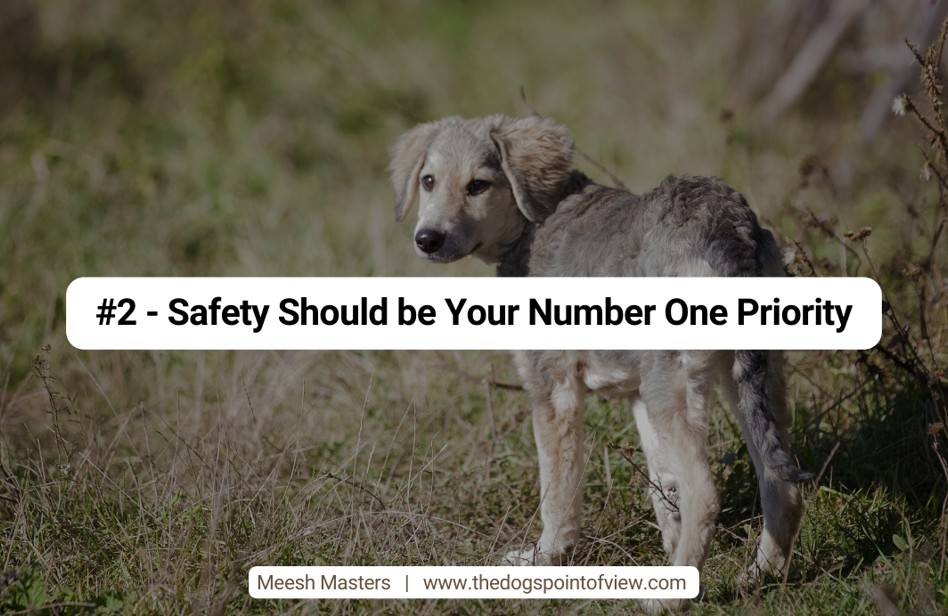
2. Safety Must Be Your Number One Priority
Highly fearful dogs can and do escape within seconds - often within the first 48 hours. And when a dog is determined to get away, their capabilities are astonishing.
They can go over fences, under fences, through tiny gaps, and through open doors and gates faster than you can blink.
Your home must be 100% secure. Your garden must be 100% secure.
Check for:
- Gaps in fences
- Loose panels
- Open window hazards
- Doors that don’t latch fully
- Gaps under gates
- Weak points newly stressed dogs may target
Treat your environment like you’re welcoming a highly skilled escape artist - because you might well be.
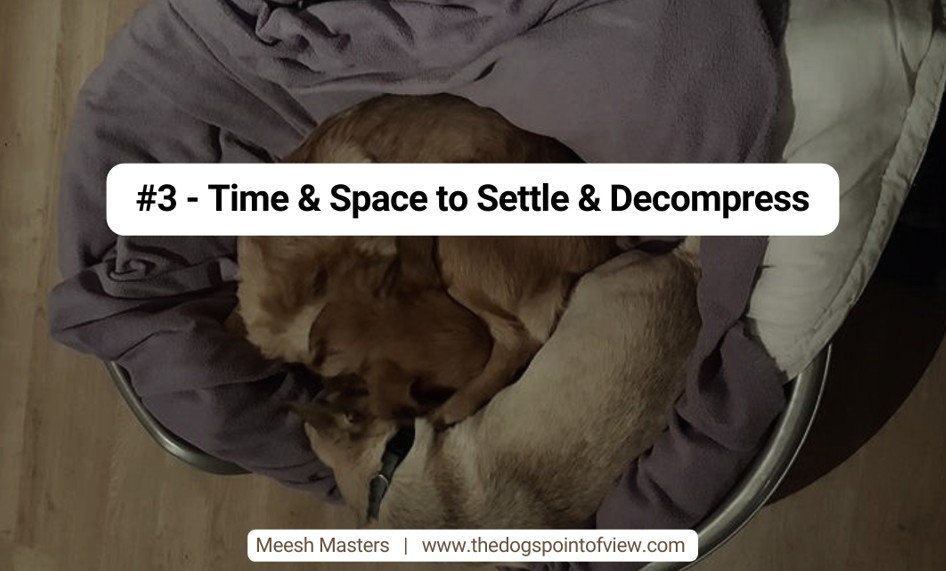
3. Give Time & Space to Settle and Decompress
For the first few days at minimum, your new arrival needs:
- A quiet home – and maybe a safe space away from busy areas
- No visitors
- No ‘training’
- No big outings
- No pressure
- Management + boundaries to help prevent problems
- Plenty of rest
Their nervous system is recovering from one of the biggest upheavals of their life.
This is the decompression period - essential for learning the layout of their new environment, getting used to new sounds and smells, and finding out about you and your family so they can begin to feel safe with you.
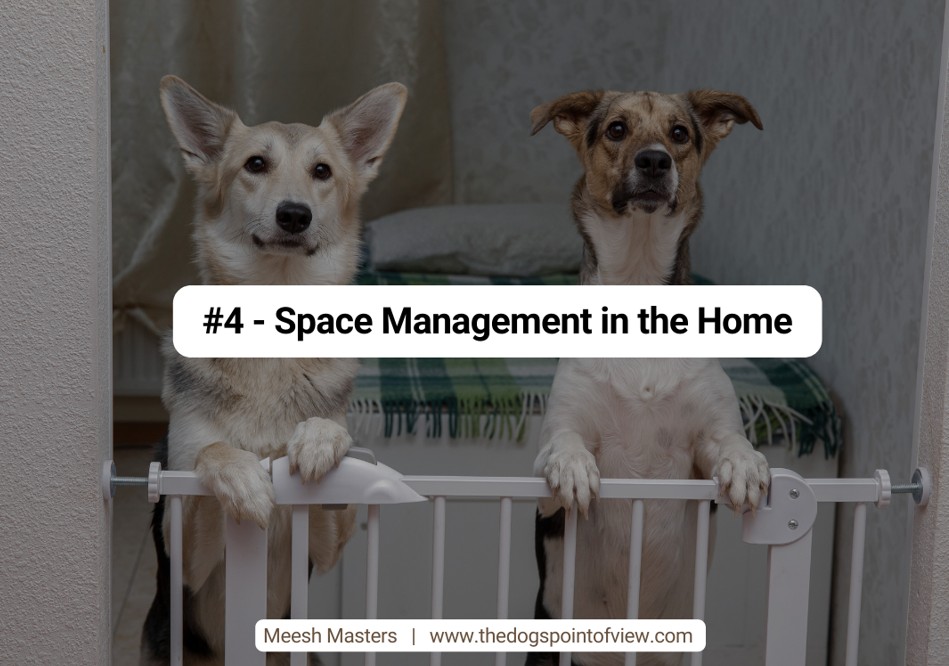
4. Space Management in the Home
Have a plan for creating safe separation if your new arrival is overwhelmed, especially if you have children or other pets.
A simple baby gate, pen, separate room with a door you can close, or room divider can prevent issues and create a peaceful retreat.
Even confident dogs can become overwhelmed, and dogs who appear shut down may suddenly become reactive if they feel threatened, crowded, trapped, or startled.
You may not need it – but if nothing else, it’s good to have a separate space where your new arrival can be left in peace to rest. They will be exhausted.
If you have children or resident animals:
This step isn’t optional - it’s essential. Management protects everyone while your new dog adjusts.
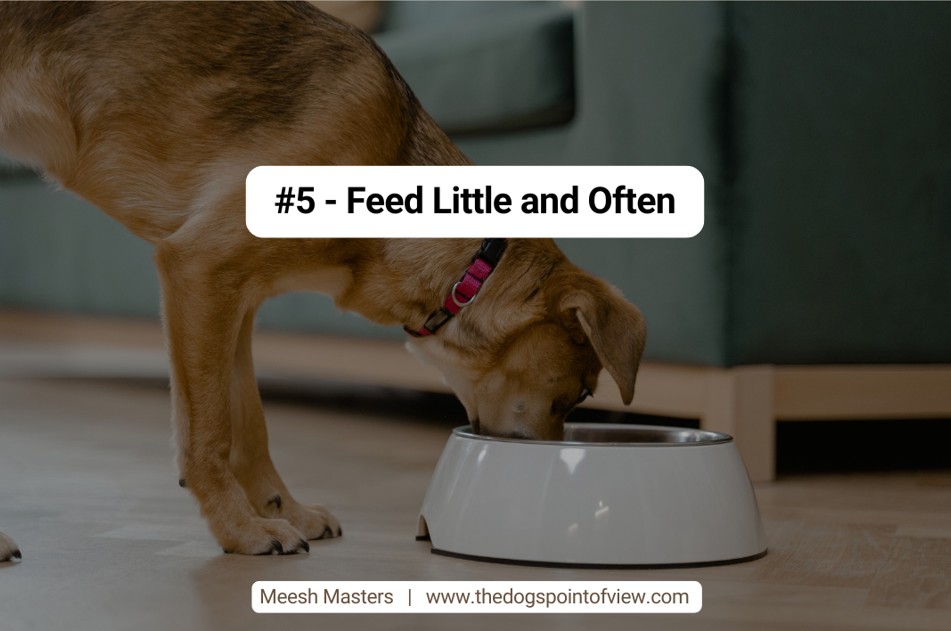
5. Feed Little and Often
The stress of the sudden and huge lifestyle change + the transportation and journey can cause digestive upsets.
Small, frequent meals can help prevent more stress being put on the digestive system, lower the risk of digestive issues, support recovery and feeling consistently satiated can help reduce anxiety and promote relaxation and sleep.
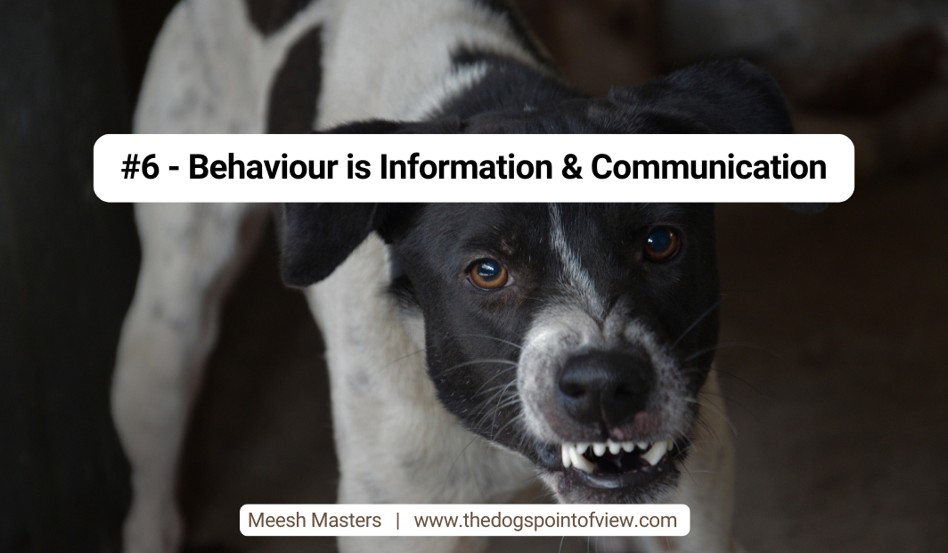
6. Behaviour is Information & Communication
The dog you see in the first few days is not necessarily who that dog is – good or bad.
If you see growling, resource guarding, barking or defensive behaviour – this is often the response of a dog who is completely overwhelmed and trying to protect themselves.
If you see a completely calm, quiet dog who ‘seems to be fine’ – this could also be a dog who is completely overwhelmed but their coping mechanism is to simply shut down.
Understanding these differences helps you respond with empathy and understanding rather than jump to conclusions. Behaviour is information – the only way your dog knows how to communicate how they are feeling.
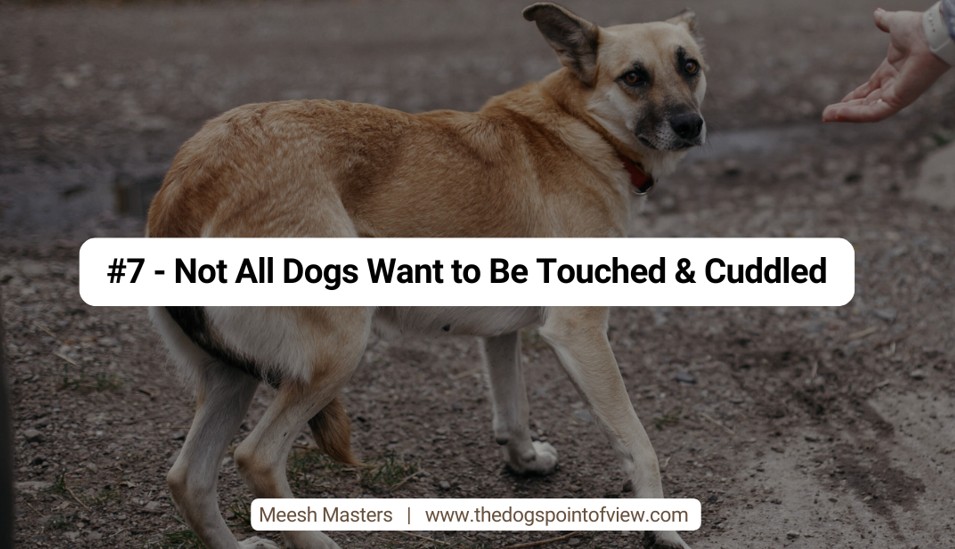
7. Not All Dogs Want Touch & Affection Immediately
Physical touch is as intimate an experience for dogs as it is for humans. I’m pretty sure most of us would not be happy if someone we JUST met started touching us – and the same can be true for dogs.
This could be especially true for overseas rescue dogs who may not have had much human contact, or a wide variety of people physically interacting with them.
Unless they make it really clear they want physical contact, leave them be and let them settle.
They will let you know when they’re ready for tickles.
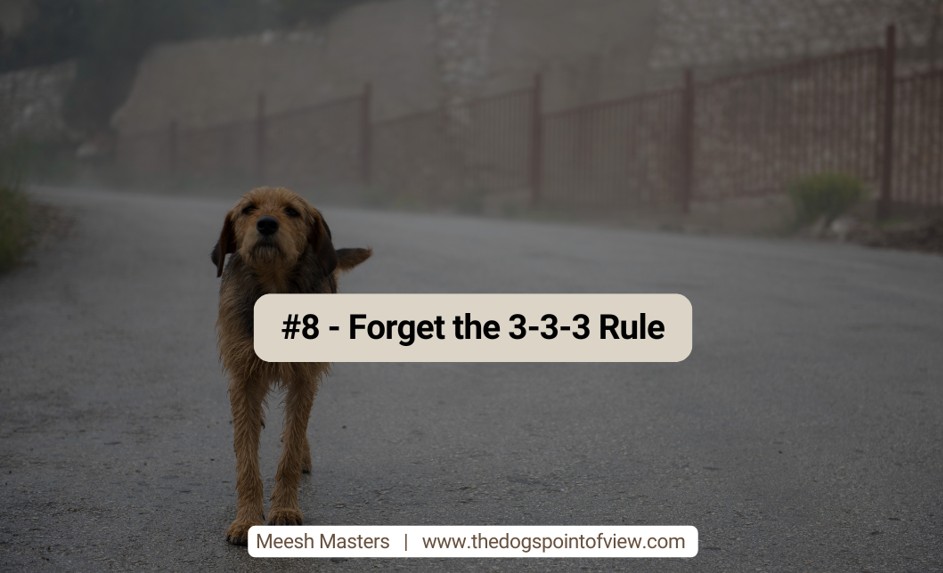
8. Forget the 3-3-3 Rule
The idea that all dogs follow a neat pattern - 3 days to decompress, 3 weeks to settle, 3 months to feel at home - is appealing, but inaccurate.
Some dogs settle quickly.
Some take months.
Some take far longer.
Every dog is an individual and settles at their own pace.
Whilst some dogs can seem to follow that settling in sequence – there is no one-size-fits-all timeline.
Some dogs arrive deeply traumatised. Some dogs walk in the door like they’ve always been there. Some are very fearful. Some are boisterous and happy to ‘test’ boundaries.
Be led by the dog you see in front of you.
Final Thoughts: Patience Now Can Help Prevent Problems Later
Welcoming an overseas rescue dog isn’t about doing lots of things - it’s about building the foundations they need to feel safe.
Quiet. Predictable. Pressure-free.
If you’d like more help preparing for your new arrival, there are a lot of resources available on The DOG’s Point of View website and Social media:
- Free webinar: Set Yourself Up for a Successful Adoption
- Free resources on the website
- The DOG’s Point of View Facebook Community
- Follow us on Social Media – Facebook – Instagram - YouTube
- Explore our coaching and support options for new adopters
We wish you all the best with your new arrivals – there may be challenges, there may be questions – remember, we are here with help, guidance and support 💛
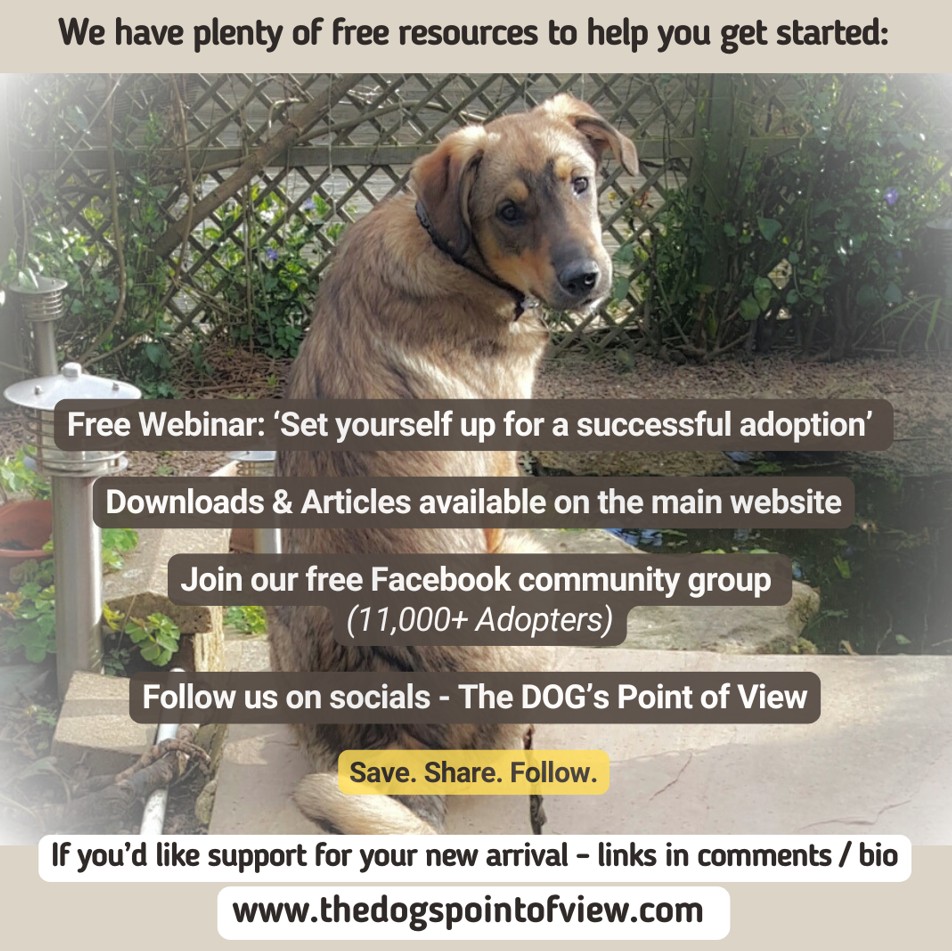
Categories: : Adopting an overseas dog, Living with Romanian Rescue Dogs, Understanding Your Romanian Dog
 Meesh Masters
Meesh Masters 
